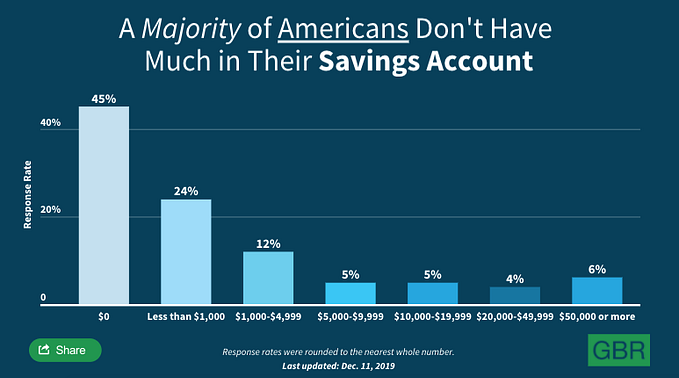Member-only story
An Introduction to Financial Econometrics: Calculating the Return of SPY During a Year
This article will introduce concepts like financial economics and financial econometrics, and introduce the calculation of returns and volatility with the use of a dataset downloaded from Yahoo Finance.
Introduction Terms
To explain what financial econometrics are, it would be very useful if first the terms economics, econometrics, and financial economics, are been first described.
Economics is a social science that aims to understand how individuals, businesses, governments, and societies make choices about allocating resources to satisfy their needs and wants. In extension, financial economics is a subfield of economics that focuses on the study of financial markets, instruments, and institutions. It examines how individuals and firms allocate resources over time under conditions of uncertainty, and how these allocations affect the economy as a whole. Financial economics blends economic theory with finance to understand the mechanisms and dynamics of financial markets.
Econometrics, on the other hand, is a branch of economics that applies statistical and mathematical methods to the analysis of economic data, aiming to give empirical content to economic theories to test hypotheses and forecast future trends. It combines economic theory, mathematics, and statistical inference to quantify and analyze economic phenomena. The ultimate goal of econometrics is to transform qualitative economic statements into quantitative ones, making them more precise and testable.
In that regard, financial econometrics is a branch of financial economics that applies statistical methods and econometric techniques to financial market data. It uses quantitative analysis of financial data to make informed decisions in areas such as asset pricing, risk management, portfolio optimization, and financial regulation.
Historical Data
Here’s a step-by-step guide on how to use Yahoo Finance to access historical data for SPY and calculate the return rate.
Open the web browser of your choice and go to the Yahoo Finance website: finance.yahoo.com.










